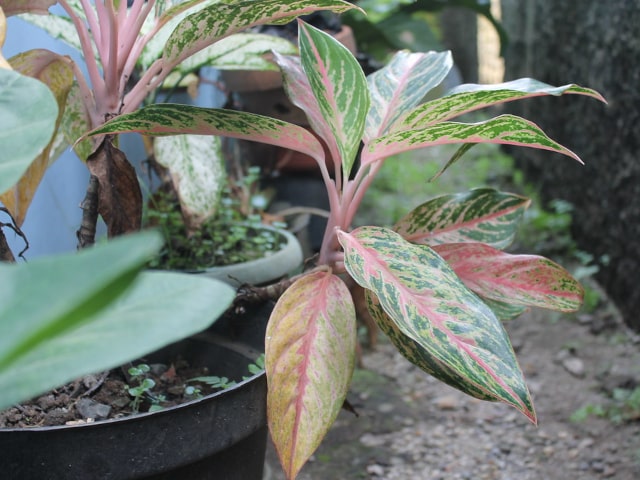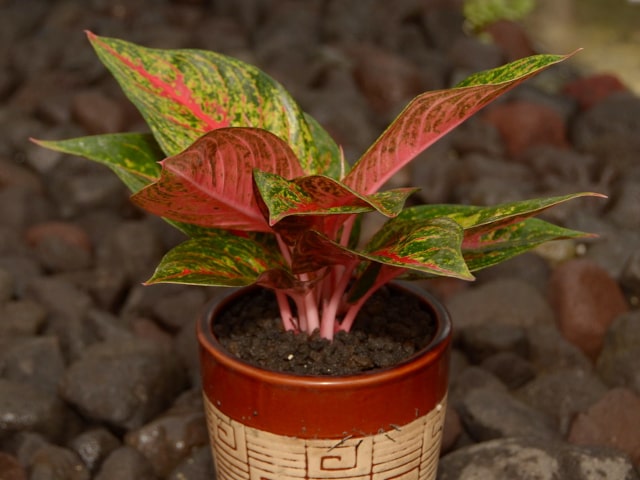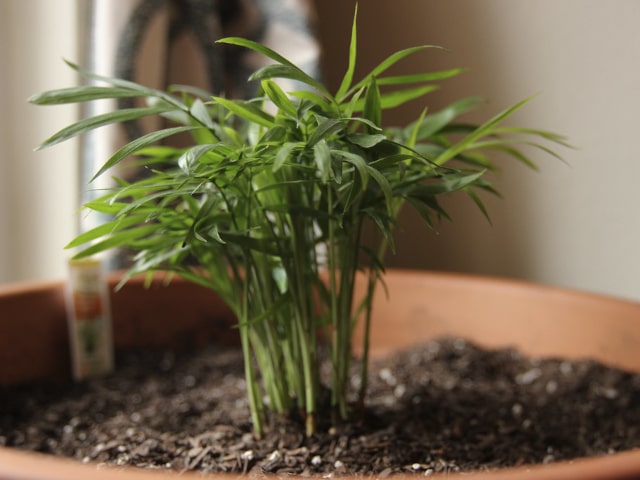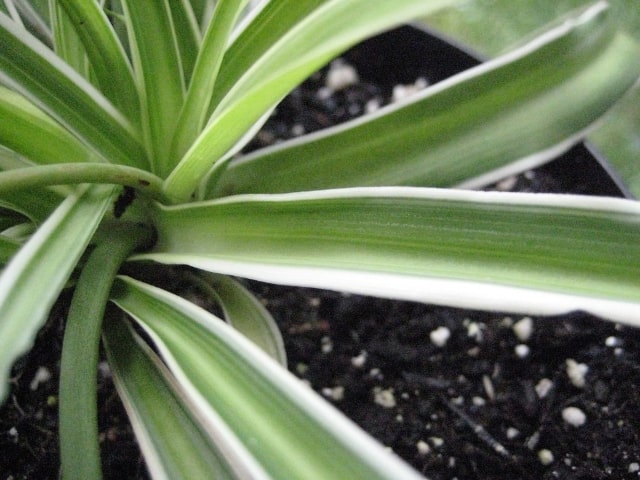
Aglaonema is among the most common and popular indoor plants. It can be found in households around the world. Aglaonema, also known as Chinese evergreen, is a strong plant with impressive adaptability. It can live in a wide range of temperatures, which makes it suitable for different climates and indoor arrangements.
Aglaonema is known for its beautiful foliage, which can fit any type of interior. In addition to this, Chinese evergreen come in over 100 varieties. These varieties all have different shaped, colors and shades, so it is possible to find different ones that suit your needs.
Perhaps the best thing about Aglaonema plants is that they are easy to grow and care for. Furthermore, they are easy to propagate. This is great news for beginners who wish to try plant propagation, and a great way to get even more of Chinese evergreen beauty in your home.
Aglaonema Propagation
Aglaonema plants can be propagated using many different methods, but the most popular one for individual users is stem cuttings. For bulk production, it is propagation using tissue culture. However, you don't have to limit yourself to these methods. Aglaonemas can be propagated in many different ways.
Here are all the methods of propagating Aglaonemas:
- Propagation using stem cuttings
- Propagation from seeds
- Propagation using root cuttings
- Propagation using tissue culture
Propagation Using Stem Cuttings
Propagation from stem cuttings is the most popular way to propagate Aglaonema. It is also the easiest way to propagate these plants, so it is recommended to beginners who wish to try gardening.
To propagate from cuttings, seek for new shoots with minimum five leaves. Alternatively, you may choose an old plant stem to cut. Whatever you pick, make sure to use a sanitized cutter to ensure plant health.
Once you have collected cuttings, plant them in a soil or coco-peat mix. Make sure to place the container in indirect sunlight, and in average room temperatures. New cuttings will not do well if the room is cold. You can expect new shoots to emerge from cuttings in about 25 to 45 days.
Propagation from Seeds
To propagate Aglaonema using seeds, you need to get fresh seeds. Look at the base of mature Chinese evergreen flowers and collect the seeds. In order to prepare them, it is important to wash seeds in H2O mixed water or in acidic water.
Also, you need to prepare a seed germination soil mix. What also works great is a coco-peat mix. Once this is ready, spread fresh seeds at the top of the mix. Cover seeds lightly. Make sure to place the container in indirect light, and in average room temperatures. Keep in mind that it takes up to 45 or even 60 days for seeds to germinate.
Propagation Using Root Cuttings
Alternatively, you may use root cuttings to propagate your Aglaonema plants. It is probably the safest method for assuring success, but it might be a bit tricky for beginner gardeners. However, it is not particularly difficult, as long as you are careful.
In this method, a plant is separated from the mother plant with roots and planted in a new container. It is important to keep new plant in indirect sunlight. The new plant should build its own roots quickly, in about 5 to 10 days. Make sure to keep your new plant in average to slightly warm temperatures - just like stem cuttings, new plants propagated using root cuttings will not do well in cold temperatures.
Propagation Using Tissue Culture
This method of propagation is ideal for situations in which you need to produce large number of Aglaonema seedlings in quick time. This is why it is mainly used for commercial and bulk production of Chinese evergreen.
In this method, new seedlings are produced using a small part of the original plant, such as root, stem, or leaves. In order for this method to work, new seedlings and tissue culture needs to be in a lab type environment. Seedlings are later slowly introduced to natural weather conditions. Plants tend to go slowly in this process, but it is still the most effective way to produce a large number of strong plants. However, this is not a type of propagation you will use at home.
Photo credit: Pebi Yudha Krisnapati




7 Comments
How many Aglaonema cuttings can I put in one pot? Can they be planted close together? Or at what distance.? I just cut 6 cuttings from a mother plant because the stems were too long and tipping over. Thank you for your help. Should I root them in water first or directly into media?
After you put the stem into soil to root it, do you need to water it? If yes, how often?
When propagating from a seed, do you cover it to keep in humidity or leave it open?
Can you propagate the Aglaonema in water?